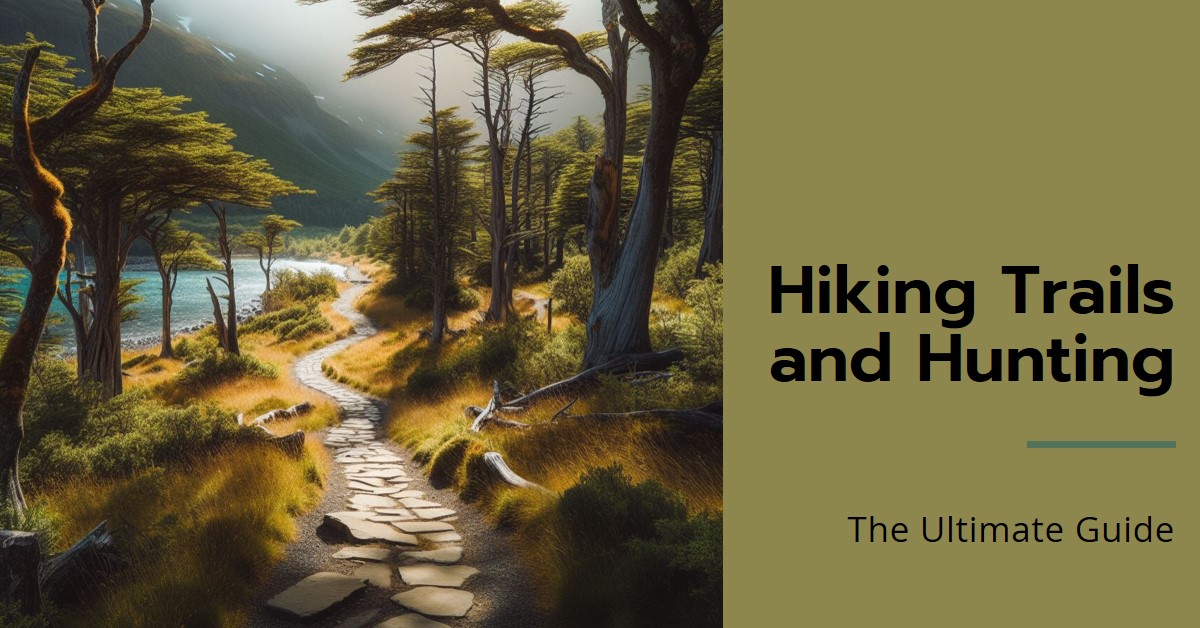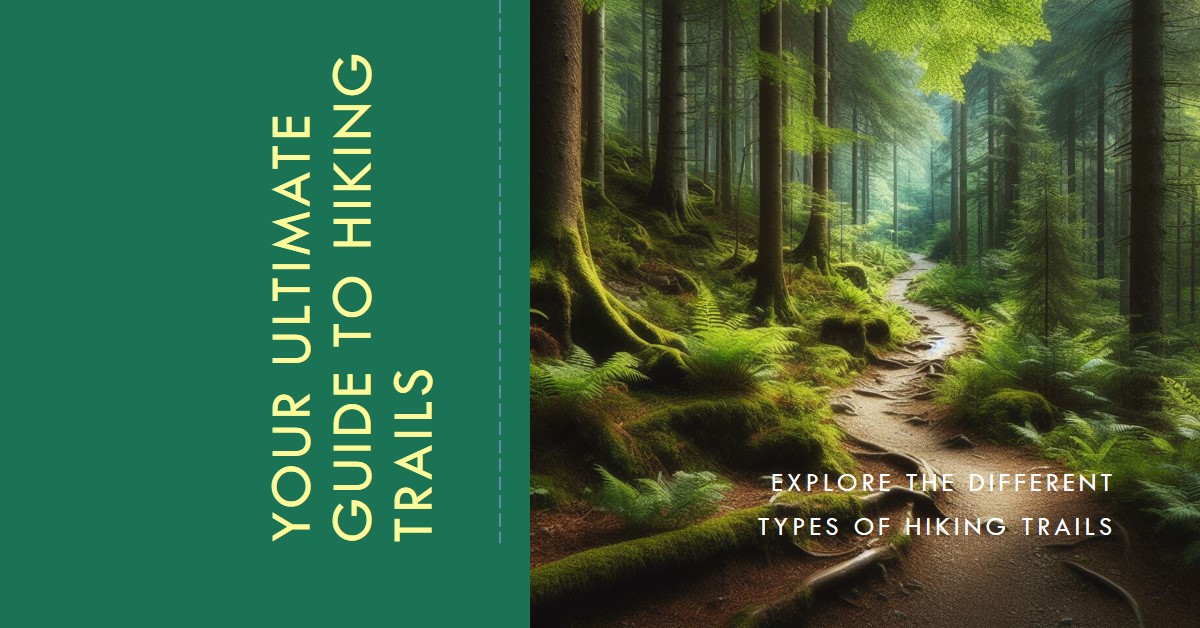Table of Contents
Wonders of Modern Exploration: Your Complete Guide to Hiking Navigation Tools
Discovering the secrets of Mother Nature’s trails requires not only courage, passion and determination, but also a well-armored backpack equipped with essential hiking navigation tools. With devices ranging form traditional maps and compasses to high-tech GPS and versatile mobile apps, navigating through unfamiliar landscapes becomes less daunting and much more exciting. Let’s take a closer look at these quintessential tools and how they facilitate smooth and safe outdoor adventures.
Compass: The eternal guide
A stalwart among navigation tools, the compass has proven it’s worth time and time again, guiding explorers in unruly environments. This section sheds light on the vital role that compasses play and offers quick tips for using them effectively.
Decoding the desert compass
– **Varieties**
Basic Compass, Orienteering Compass, Lensatic Compass
– **Compass Usage Usage Guidelines**
Keep level, point to a reference point, adjust the compass housing, take a bearing, commit to your direction
– **What characterizes a quality compass**
robustness, precision, well marked, declination adjustment, superior construction
– **Featured brands**
Garmin, Sun Company, Cammenga, Eyeskey, Sportneer
GPS devices: taking navigation one step further
In the digital age, no hiking gear is complete without a GPS device. Choosing an effective GPS involves considering several factors, such as accuracy, battery life, robustness, and ease of use.
Leading options like Garmin Edge 540, SUNROAD GPS Tracker, Weems & The Plath Basic Navigation Set and Eyeskey Multifunctional Military Sighting Navigation Compass come with multifunctional functions including barometers, altimeters, compasses, weather updates and route tracking. With a GPS at your side, unknown territories become exciting hikes.
Hiking maps: visual guides for your trip
A hiking map is your visual guide, a window into the geographic details of your trip. It’s not just a sheet of paper, it’s a tool that details notable features, trail features and interesting landmarks.
Particular types of maps, such as topographic maps, trail maps, and park maps, convey details about elevation, bodies of water, shelters, and attractions along the route. Learning to read these maps and understanding the symbols, contours, and scale on the maps can make your hiking trip easier and safer.
Additionally, the reach of the Internet has facilitated easy access to downloadable or printable maps. As such, maps have become the hiker’s faithful ally, illuminating the path through unknown terrain.
Address Concerns: Common Questions About Hiking Navigation Tools
1. **Compass vs GPS: Which is preferred for hiking?**
A GPS is often the preferred tool due to its ability to provide accurate location data and excellent route tracking capabilities.
2. **Should I invest in a GPS for hiking?**
Doubtless. A GPS increases safety and fun with its precise navigation aid and loss prevention.
3. **What is the most essential navigation tool?**
The compass is undoubtedly a classic for its reliable orientation capacity.
4. **Is a portable GPS worth the price?**
Given theyre accurate location tracking and compact size, portable GPS devices are a good investment, providing vital guidance to enhance your hiking experience.
Final Thoughts
Embarking on a wilderness adventure requires reliable navigation aids. Whether it’s a map, compass, or GPS device, the right scope can make your trip safer and more enjoyable. THe need for specific aids depends largely on personal preferences.
With the right set of tools, you can confidently venture into the wilderness, assured of a rewarding, smooth adventure.














